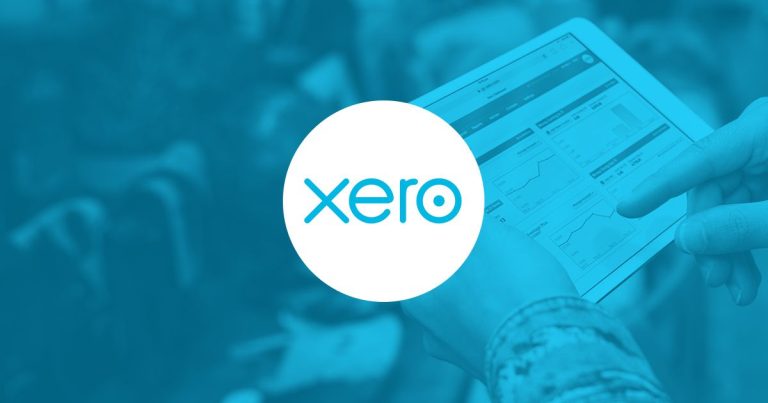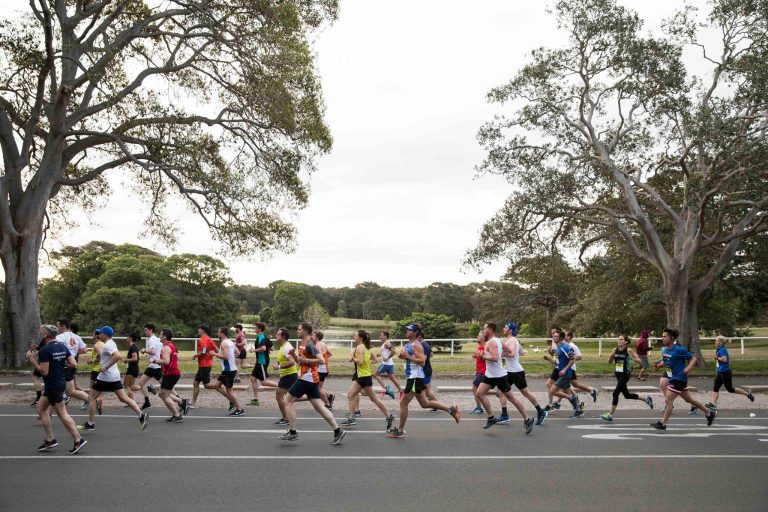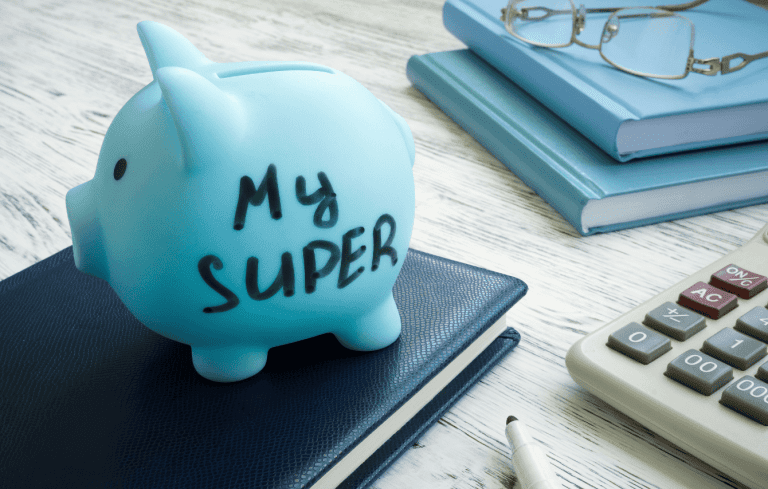From 1 January 2023, the eligibility age for downsizer contributions will reduce from age 60 (current rules) to age 55. All other eligibility criteria remains unchanged.
What is a downsizer contribution?
Downsizer contributions allows eligible individuals to make a one-off after tax contribution of up to $300,000 following the disposal of their principal place of residence into superannuation with the benefit of them not counting towards their non-concessional cap (however it does count towards their transfer balance cap).
What is the eligibility criteria?
To be eligible to make a downsizer contribution you must be able to satisfy all of the following criteria:
- You have reached the eligible age at the time you make a downsizer contribution
- 55 for contributions made from 1 January 2023; and
- 60 for contributions made between 1 July 2022 and 31 December 2022
- Tip: the required age only applies when the contribution is made and not when the home was sold
- Your home was owned by you or your spouse for 10 years or more prior to the sale
- Your home is in Australia and is not a caravan, houseboat, or other mobile home
- The contract of sale was exchanged on or after 1 July 2018
- The proceeds (capital gain or loss) from the sale of the home are either exempt or partially exempt from capital gains tax (CGT) under the main residence exemption, or would be entitled to such an exemption if the home was a CGT rather than a pre-CGT asset (acquired before 20 September 1985).
- You make your downsizer contribution within 90 days of receiving the proceeds of sale, which is usually at the date of settlement
- You provide your SMSF with the correct paperwork either before or at the time of making your downsizer contribution
- You have not previously made a downsizer contribution to your SMSF from the sale of another home or from the part sale of your home
Is there a limit on how much can be contributed?
Up to $300,000 can be contributed for an individual or $600,000 for a couple, from the sale proceeds of the family home. However, you cannot contribute more than the amount received from the sale.
Will my SMSF pay tax on the downsizer contribution?
No – the contribution will form part of the “tax free” component of your superannuation balance.
Frequently asked questions
- Is there a maximum age limit or work test required to make a downsizer contribution?
- No – there is no maximum age limit nor work test required.
- Do we need to have lived in the home for the full 10 years prior to sale? What if it had been previously rented out as an investment property? Do I have to be living in the home at time of sale?
- You may still be eligible to make a downsizer contribution. Although the requirement is to have owned the property for at least 10 years, which is generally calculated from the date of settlement of purchase to the date of settlement of sale, there is no minimum period of time in which you must have lived in the home as your main residence. Furthermore, there is no requirement to be living in the home as your main residence at time of sale.
- Do the sale proceeds have to be split equally between myself and my spouse?
- No. If the sale proceeds was $500,000 for Brett and Kim this is the maximum amount that can be contributed in total. So they could choose to contribute $250,000 each, or split however they wish such as $300,000 Brett and $200,000 for Kim.
- What happens if the property is only owned by one person?
- It doesn’t matter. If Kath and Kel sell their home which is owned solely by Kath, and both meet all eligibility criteria, both Kath and Kel can contribute up to $300,000 each as a downsizer contribution.
- What if I give away my home or transfer the title for nil consideration, can I still make a downsizer contribution?
- No as the proceeds of the sale were nil.
- What if I sell the home for less than market value, can I still make a downsizer contribution?
- Yes however the actual proceeds received will be the basis of the maximum downsizer contribution.
- Do I actually need to “downsize” and buy a smaller property?
- No – you don’t have to buy a smaller home or cheaper home, or in fact even buy another home at all (eg. you could decide to start renting). As long as all the eligibility criteria is met then a downsizer contribution can be made.
- Do I have to wait for or use the settlement proceeds from the sale of the property to make the downsizer contribution?
- No. For example, if Sharon sold her home then used all of the settlement proceeds to buy a new home, but also had personal savings of $500,000, she can make a downsizer contribution of up to $300,000.
- Will my Age Pension be affected if I make a downsizer contribution?
- Maybe. The main residence is generally exempt from the assets and income tests for the Age Pension and DVA benefits, however superannuation is generally not exempt. Therefore, it is imperative to seek financial advice to review your situation prior to selling the family home and/or making a downsizer contribution.
If you have any queries in relation to the above, don’t hesitate to contact your client manager to discuss.
Author – Anna Wong
*Correct as of 16 December 2022
*Disclaimer – this article has been produced by Kreston Stanley Williamson as a service to its clients and associates. The information contained in the article is of general comment only and is not intended to be advice on any particular matter. Before acting on any areas contained in this article, it is imperative you seek specific advice relating to your particular circumstances. Liability limited by a scheme approved under professional standards legislation.














